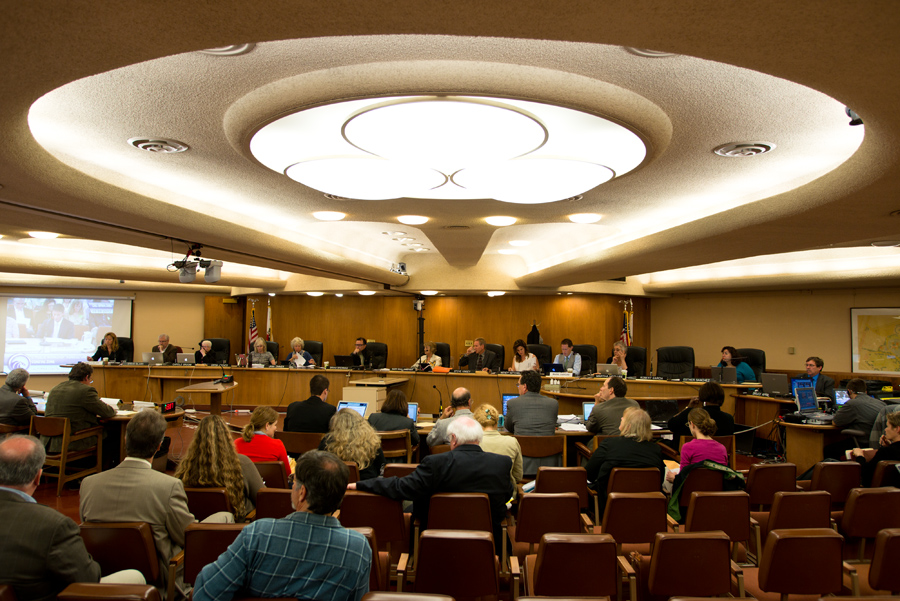In a rare appearance in Marin County, the California Coastal Commission sought feedback Wednesday on the agricultural regulations at the heart of its voter-mandated . . .
Marin ag groups parse Coastal Act with regulators


In a rare appearance in Marin County, the California Coastal Commission sought feedback Wednesday on the agricultural regulations at the heart of its voter-mandated . . .